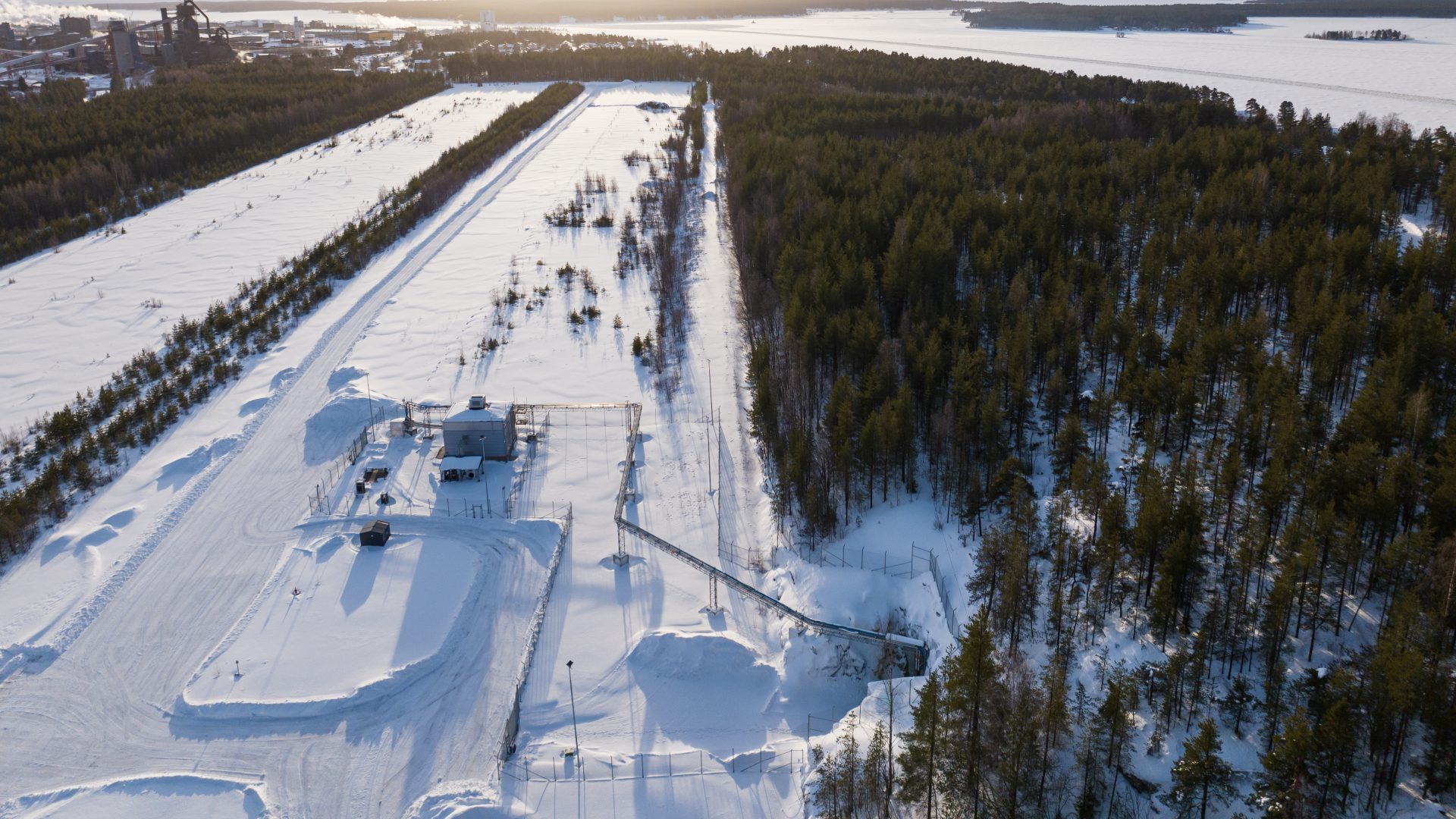The HYBRIT initiative has successfully completed and reported its hydrogen gas storage pilot project to the Swedish Energy Agency, demonstrating that large-scale, underground storage of fossil-free hydrogen is both technically viable and economically advantageous. The pilot shows that hydrogen storage could cut variable production costs by up to 40%, marking a significant leap forward for decarbonising the iron and steel industry.
Launched in 2016 by SSAB, LKAB, and Vattenfall, HYBRIT aims to create the world’s first fossil-free, ore-based steelmaking process, replacing fossil fuels with green hydrogen produced using renewable electricity. The newly completed pilot complements earlier breakthroughs in fossil-free sponge iron production at HYBRIT’s Luleå facility.
A World-First: Steel-Lined Rock Cavern Hydrogen Storage
The pilot project involved designing and operating a 100 m³ steel-lined rock cavern (LRC) for underground hydrogen storage at Svartöberget in Luleå, adjacent to the existing direct reduction (DR) pilot plant. The system, tested under real-world conditions since 2022, has proven to be both safe and functional, undergoing accelerated mechanical testing equivalent to 50 years of operation.
“We’ve proven that this technology increases energy system flexibility and is safe, scalable, and ready for commercialisation,” said Mikael Nordlander, Director of Industry Decarbonisation at Vattenfall. “It’s a critical piece of the puzzle in enabling electrified industrial processes supported by renewable energy.”
Strategic Flexibility and Lower Hydrogen Costs
By allowing producers to store hydrogen when electricity prices are low and use stored gas when prices peak, the storage system significantly enhances operational flexibility and economics. The project demonstrated real-time optimisation based on market prices, achieving cost savings of 26–31%, with simulations suggesting 25–40% reductions possible at full commercial scale.
“Hydrogen is central to LKAB’s strategy for fossil-free production,” said Jenny Greberg, Vice President of Technology at LKAB. “These results provide a strong foundation for evaluating future storage options.”
“With proven hydrogen storage, we’re one step closer to fossil-free value chains,” added Martin Pei, CTO at SSAB. “This innovation can drastically reduce the iron and steel sector’s climate impact.”
Decarbonising a Carbon-Heavy Industry
Steelmaking currently contributes around 7% of global CO₂ emissions. The HYBRIT technology could cut Sweden’s and Finland’s emissions by 10% and 7% respectively. The successful pilot project aligns with Sweden’s and the EU’s wider goals for industrial decarbonisation.
The Swedish Energy Agency co-financed 22% of the hydrogen storage project, with the rest funded by SSAB, LKAB, and Vattenfall. The pilot facility has achieved:
-
Over 3,800 hours of operation with 94% availability
-
Demonstrated zero leakage from the storage cavity
-
Proven resistance to hydrogen embrittlement in selected steel materials
-
Effective integration into the HYBRIT value chain with a large-scale hydrogen user (the DRI plant)
Commercialisation on the Horizon
“We’re pleased to report another successful HYBRIT milestone,” said Gunilla Hyllander, General Manager at Hybrit Development AB. “The results show the LRC technology works and can now move toward industrial-scale deployment.”
The pilot will continue until 2026, allowing further testing to fine-tune commercial design parameters.
As HYBRIT’s hydrogen production, storage, and use chain matures, it sets the foundation for a fossil-free steel industry and represents a global blueprint for other heavy industries seeking a path to net zero.


